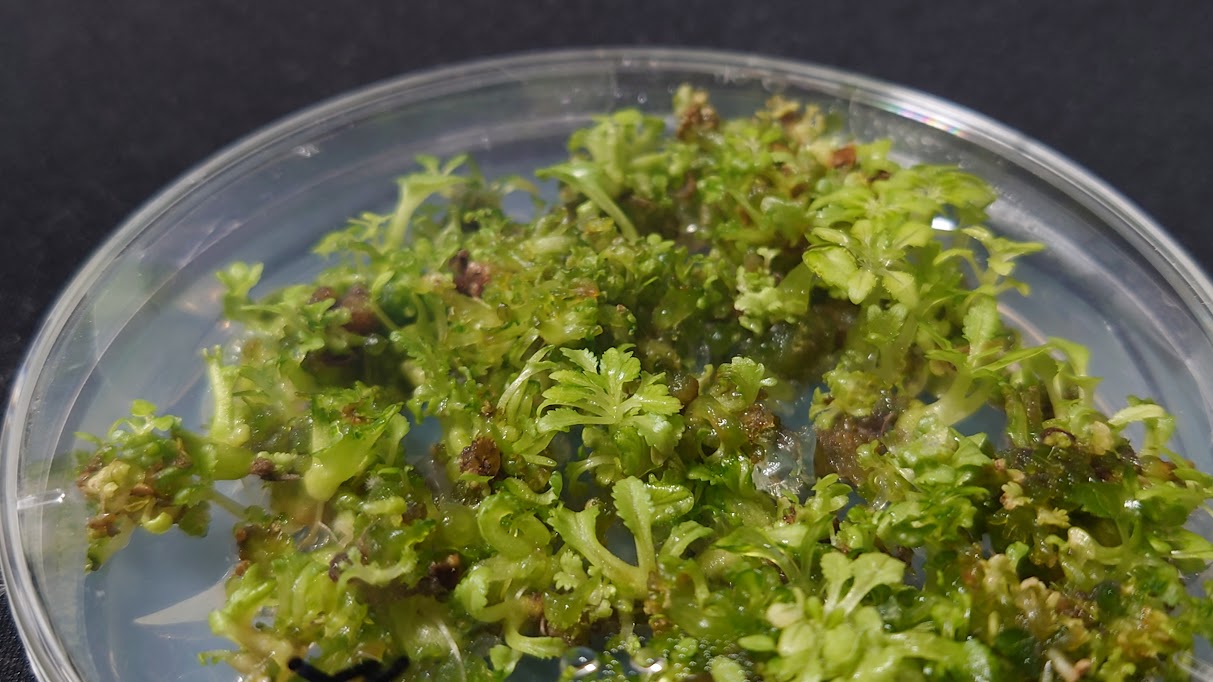Effectiveness of Carbon Quantum Dots (CQD)
Do you know about CQD? They are carbon-based nanoparticles. Various types of CQD have been created, each possessing different properties and a wide range of applications. They are researched in the fields of photochemistry and biology for their fluorescence, bioimaging, biosensing, DNA, and drug delivery capabilities. As varied as the types and properties of CQD are, so are the methods of their production. These methods include applying electricity, using lasers, chemical processing, heating, and microwaving… among others. Among these, CQD created easily from common plants has the potential to enrich our lives.
CQD made from microwaving hibiscus leaves
Hibiscus (Hibiscus rosa-sinensis Linn.) is a low shrub of the Malvaceae family, known for its red flowers. Originating as a plant used in folk remedies, it is also being studied as a medicinal plant with anti-cancer properties. CQD are produced from the leaves of this plant. The leaves are dried and powdered. This powder is dissolved in water and sterilized under pressure in an autoclave. The solution is then filtered, and finally, microwaved in short bursts of irradiation and cooling. The process continues until the originally light green solution turns dark brown, resulting in the formation of CQD. The hibiscus CQD is then purified using centrifugation and fine filtering.

Characteristics of Hibiscus CQD
The produced hibiscus CQD possesses various functions:
- Antimicrobial activity against Pneumonia bacillus and Cereus bacillus
- Biocompatibility (non-toxic)
- Promotion of cell proliferation
Due to these characteristics, it has potential uses as an anti-inflammatory and wound healing agent. Since these are cellular-level tests, more advanced testing results are awaited.
Potential of CQD Research
The CQD introduced here are produced by a very simple method: just processing plant extracts in a microwave. If this method proves practical, it could be easily popularized due to its low production cost. In extreme cases, it could even be done at a household level (although, it is safer to obtain medicines properly when used as pharmaceuticals).
It is also easy to test other plants for CQD production. Many plants have not yet been tested, so more effective CQD might be discovered. We look forward to future research!



コメント